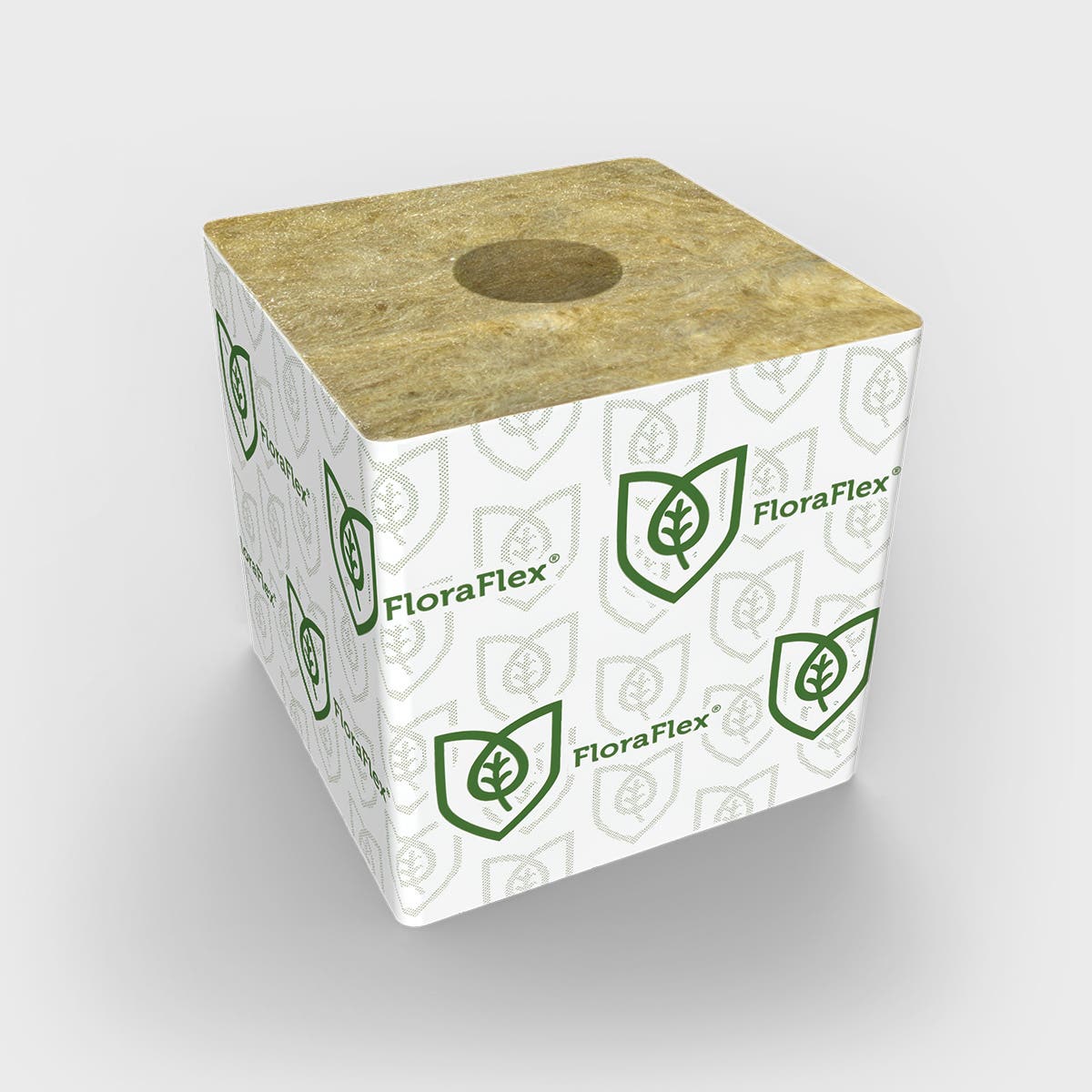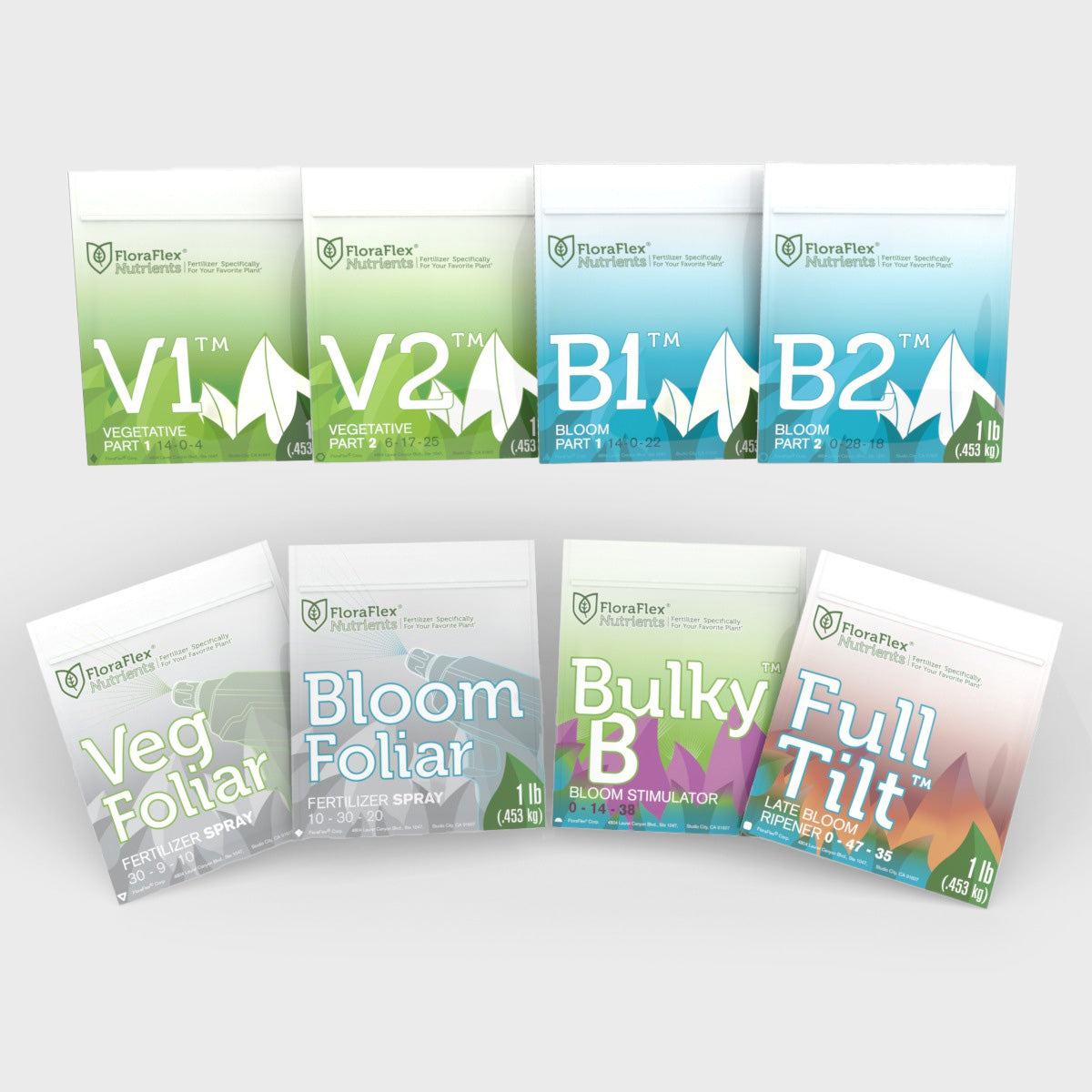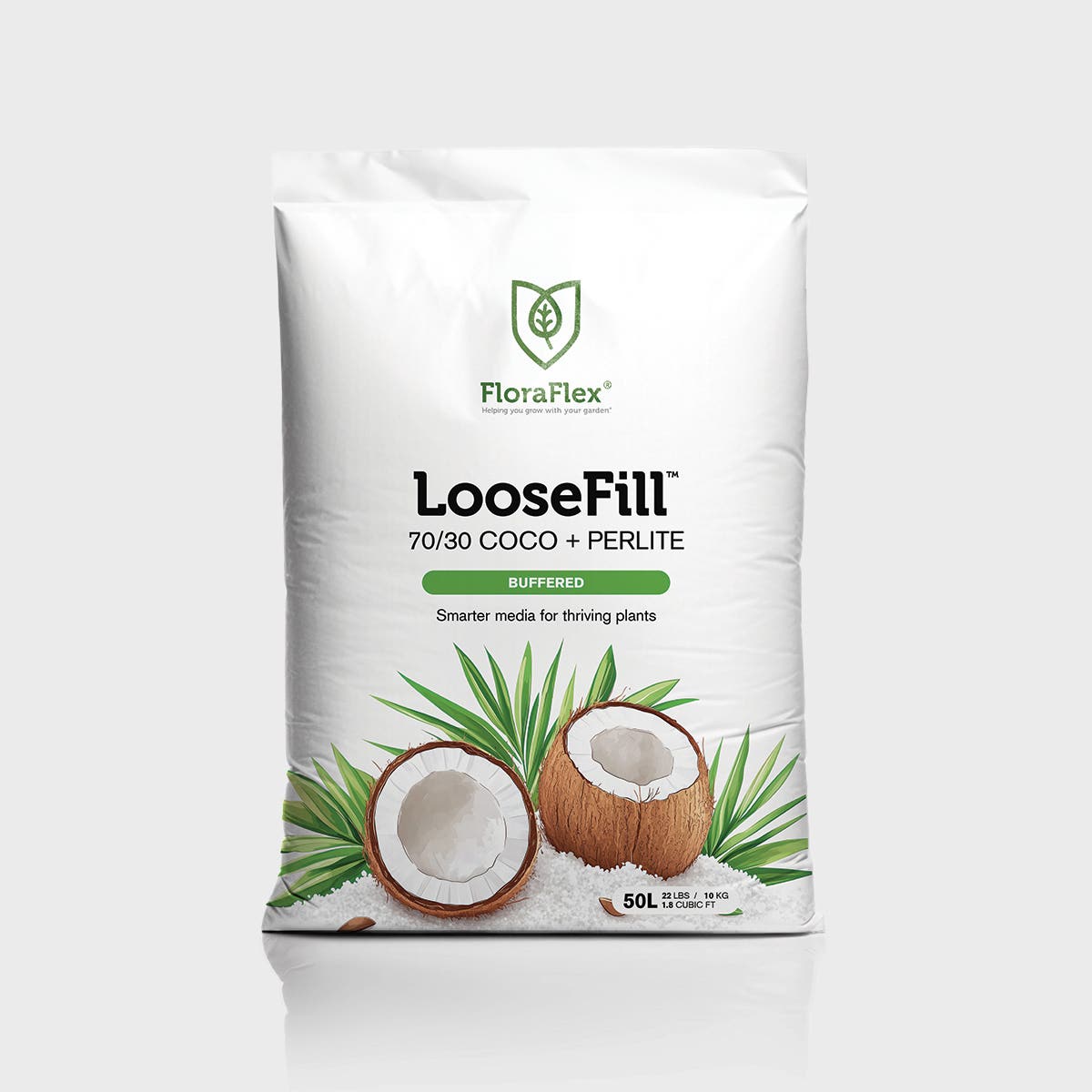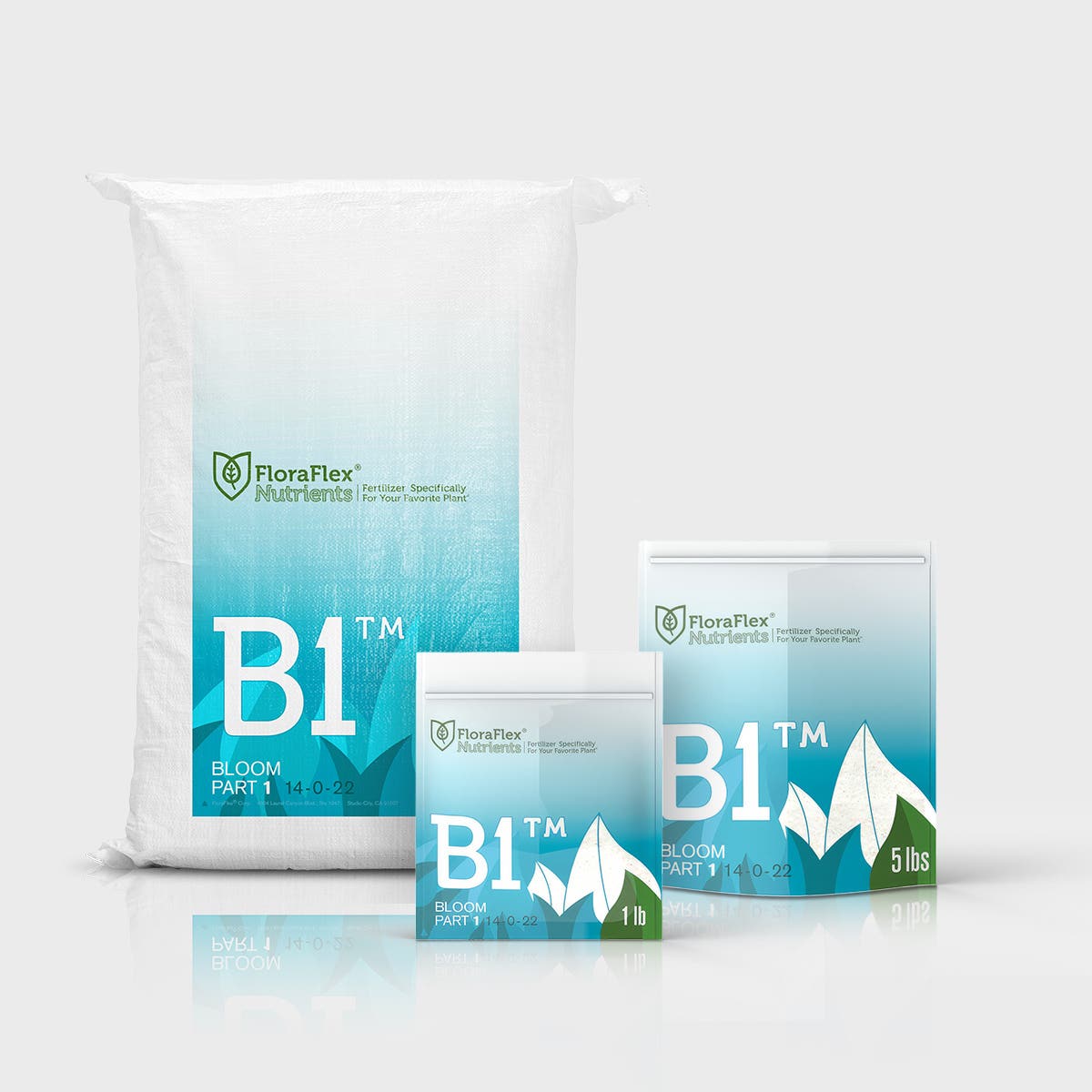The Significance of Extraction Efficiency
Extraction efficiency plays a vital role in the cannabis industry for several reasons:
-
Maximizing Yield: Higher extraction efficiency translates into a greater yield of desired compounds. This is essential for producers to meet market demands and maintain profitability. Maximizing yield also reduces waste and ensures efficient resource utilization.
-
Product Consistency: Extraction efficiency directly impacts the consistency of the final product. Consistent extraction yields predictable cannabinoid and terpene profiles, allowing for consistent product formulations and consumer experiences.
-
Purity and Safety: Efficient extraction methods help minimize the presence of unwanted compounds, such as chlorophyll, waxes, and lipids, which can affect the taste, aroma, and overall quality of the final product. High extraction efficiency ensures a purer and safer product for consumers.
Techniques to Maximize Extraction Efficiency
-
Optimized Extraction Parameters: Carefully controlling extraction parameters, such as temperature, pressure, and duration, can significantly impact extraction efficiency. Experimenting with different parameters can help identify the ideal conditions for maximum compound extraction while minimizing the degradation of delicate compounds.
-
Proper Plant Material Preparation: Effective extraction begins with properly prepared plant material. Finely grinding or milling the cannabis ensures increased surface area for solvent penetration and enhanced extraction efficiency.
-
Suitable Solvent Selection: Choosing the appropriate solvent for extraction is crucial. Factors such as polarity, safety, and effectiveness in dissolving target compounds should be considered. Common solvents include ethanol, hydrocarbons like butane or propane, and supercritical carbon dioxide (CO2).
-
Extraction Method Optimization: Various extraction methods, such as solvent-based extraction, mechanical extraction, or hybrid approaches, offer different advantages and efficiencies. Understanding the characteristics and limitations of each method allows producers to select the most suitable approach for their specific needs.
-
Multiple Extraction Passes: Conducting multiple extraction passes on the same plant material can improve overall extraction efficiency. Additional passes allow for a more thorough extraction of the desired compounds, maximizing yield and enhancing product quality.
-
Utilization of Advanced Extraction Equipment: Employing state-of-the-art extraction equipment, such as closed-loop systems or supercritical CO2 extractors, can enhance extraction efficiency. These systems offer precise control over extraction parameters, resulting in higher yields and improved purity.
-
Incorporation of Filtration and Purification Techniques: Implementing filtration and purification techniques, such as winterization or chromatography, helps remove unwanted impurities, further increasing the purity of the extracted compounds.
-
Continuous Process Improvement: Regular evaluation and optimization of extraction processes are essential for maximizing efficiency. Continuously analyzing and fine-tuning extraction methods based on scientific data and feedback ensures ongoing improvement and consistent results.
Maximizing extraction efficiency is crucial for cannabis producers seeking to obtain higher yields of desirable compounds while maintaining product purity and consistency. By employing optimized extraction parameters, suitable solvents, and advanced equipment, producers can enhance their extraction processes to achieve optimal results. Efficient extraction techniques not only benefit producers in terms of yield and profitability but also provide consumers with high-quality cannabis products that meet their expectations for potency, purity, and safety.








